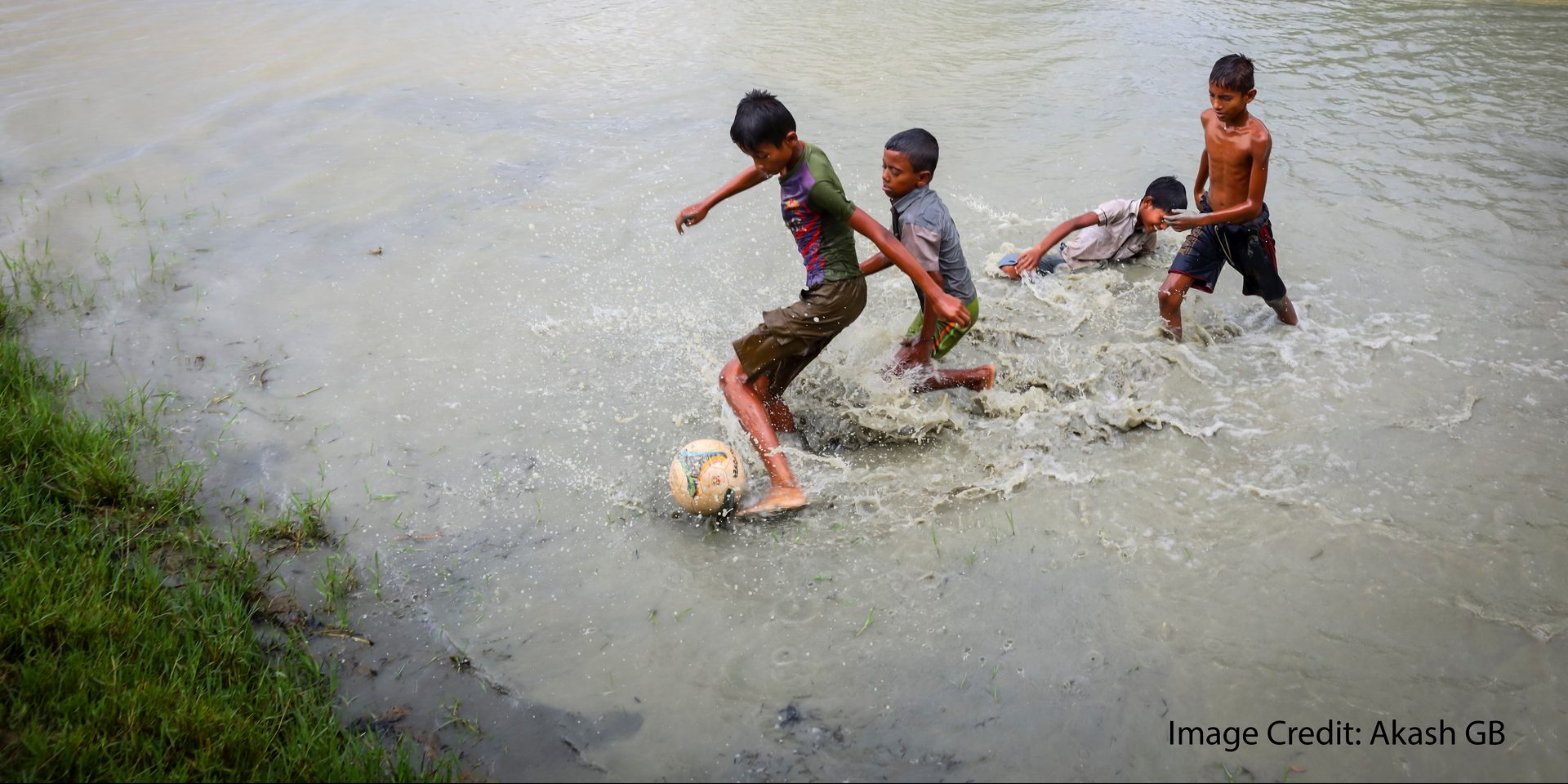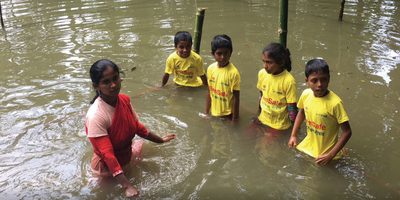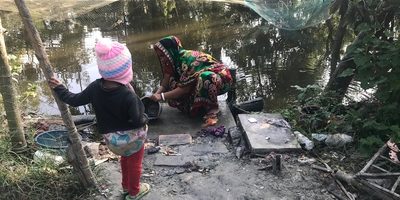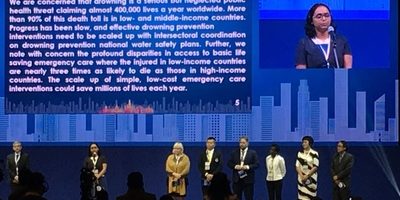
Preventing child drowning deaths in Eastern India
Low-cost community-based approaches to improving child water safety need to be developed along with parental education to improve supervision of children who play near open water bodies in rural areas of West Bengal and other Eastern states where heavy monsoon rains cause frequent flooding of major rivers resulting in a seasonal increase in child drowning deaths.
This is the conclusion of a study entitled 'The impact and understanding of childhood drowning by a community in West Bengal, India, and the suggested preventive measures' that was conducted by the George Institute for Global Health in the 24 South Paragnas district of West Bengal. The study used interviews, focus groups and observations. The participants included community leaders, household heads, parents and children aged 7-17 years from three remote villages affected by drowning events
“Despite the high number of drowning deaths in India, little is known about the circumstances surrounding fatal and non-fatal drowning cases. Furthermore, it is uncertain what approaches are currently taken to keep children safe while they are in and around water and whether these are widely implemented. The aim of this study was to understand the contextual factors that contributed to children drowning in West Bengal” ,says Jagnoor Jagnoor, Senior Research Fellow, Injury Division, George Institute for Global Health, India.
The findings from the study, which have been recently published in the journal 'Acta Peadiatrica: Nurturing the Child' reveals that children frequently playing unsupervised near potentially hazardous water, as their parents worked long hours and lack of safe recreational spaces was responsible for most of the drowning-related deaths. Though it was conducted in a West Bengal district, it has relevance for the whole of North-Eastern India.
India accounts for a significant proportion of drowning deaths worldwide with more than a third occurring among children who are less than five years of age. Drowning deaths in this age group have been reported to be three times higher in rural areas than in urban areas and this may be due to the high number of open areas of water in and near rural communities, including ponds, rivers and canal.
The majority of child drowning deaths have been shown to occur in the North-eastern part of the country, in the Ganges delta region, where heavy monsoon rain causes frequent flooding of major rivers. This is reflected by a seasonal increase in child drowning deaths during the April to September monsoon season.
“Open water bodies and children playing near them without any supervision are a common sight in many parts of the North-East. And so, it is important we educate the community about the need to create safe recreational spaces for children”, says Jagnoor.
The study findings highlight the gender roles and its impact on exposure to drowning risk and the ability to prevent drowning. Girls said they played fewer active games around water than boys, which was reinforced by the adults, who preferred girls to show more refined behaviour. Women described the challenges they experienced with regard to swimming as traditional saris became heavy when they were wet.
“Supervising young children was primarily considered to be the mothers’ responsibility and, as a result, women were often held accountable for child drowning death,” points out Jagnoor.
Parents reported numerous challenges in providing consistent, appropriate supervision for children. For example, all the family members had to work in economically disadvantaged families and this meant they couldn’t supervise their children all the time. All the approaches for rescuing and resuscitating drowning children that were discussed by the participants were community driven. All adults and children were expected to play their role in lifesaving, but with restrictions on females taking part in the actual rescue effort. Most people used traditional approaches to resuscitation and these included shaking a drowned child to induce vomiting and rubbing hot oil over their body.
A number of participants did not consider drowning to be a public health issue, as they saw it as an “accident- not preventable” event that happened by chance. These participants felt that preventative measures related to drowning were beyond the scope of awareness and local practices. When circumstances around a drowning event were unclear, the participants leaned on superstition to for an explanation. A number of adults said drowning was an unavoidable event that was pre-determined by God or by fate.









